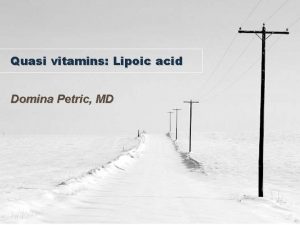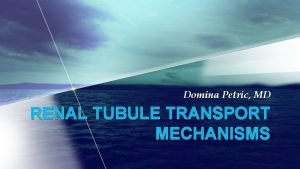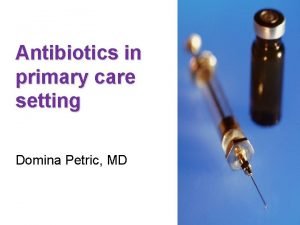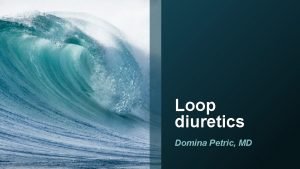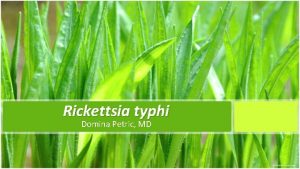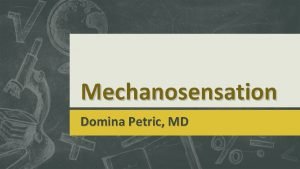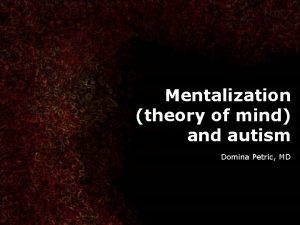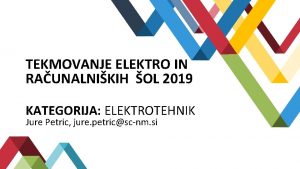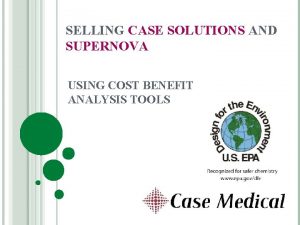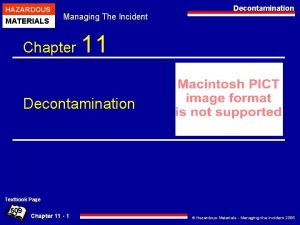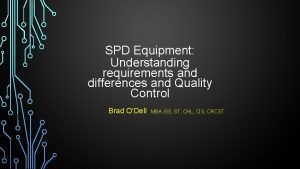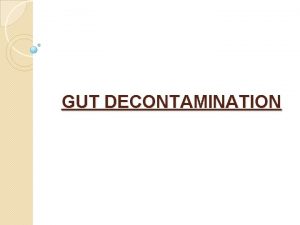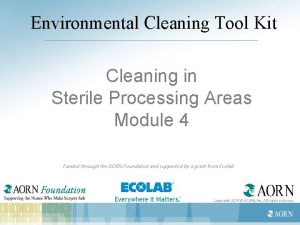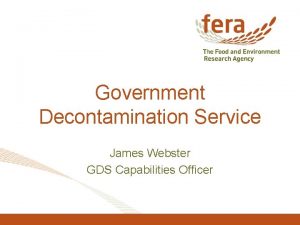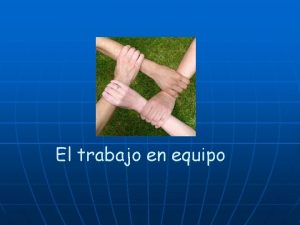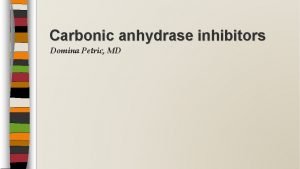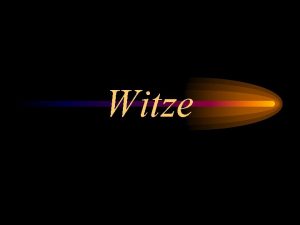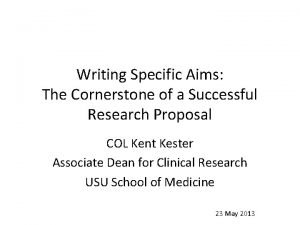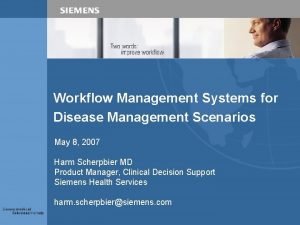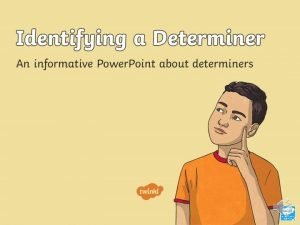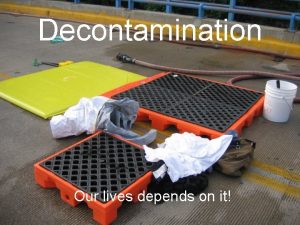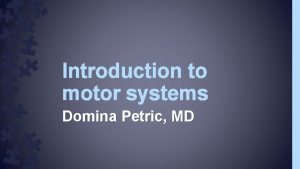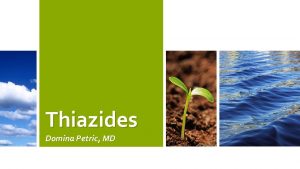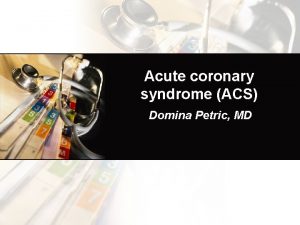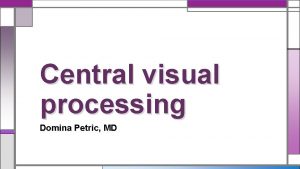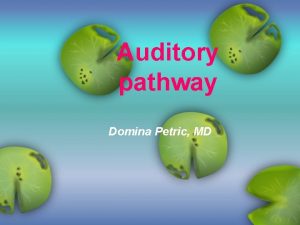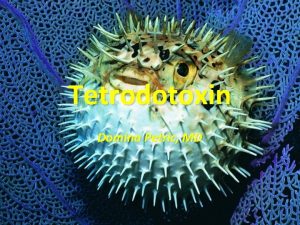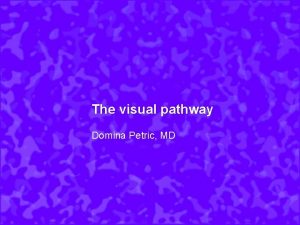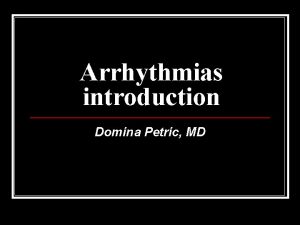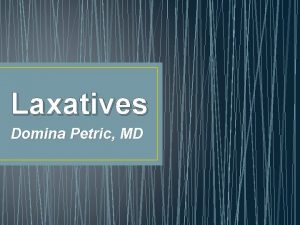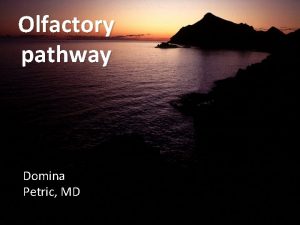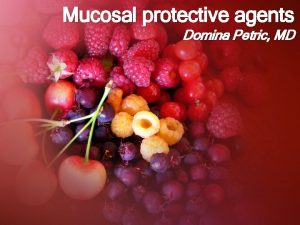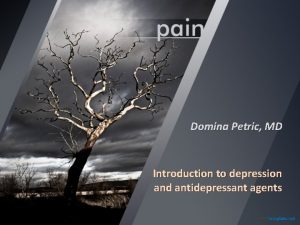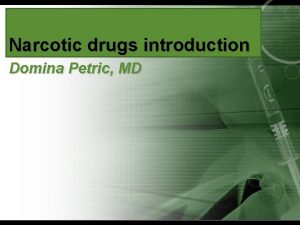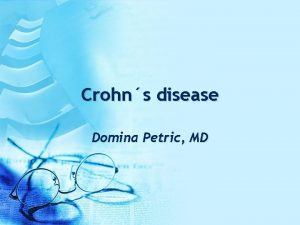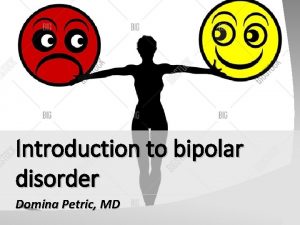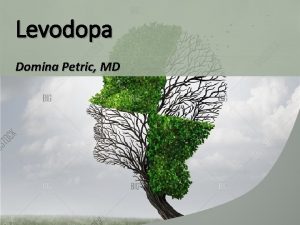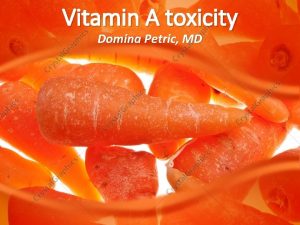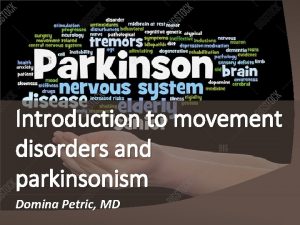Decontamination specific antidotes Domina Petric MD Introduction Decontamination






























- Slides: 30

Decontamination, specific antidotes Domina Petric, MD

Introduction Decontamination procedures should be undertaken simultaneously with initial stabilization, diagnostic assesment and laboratory evaluation. Decontamination involves removing toxins from the skin or gastrointestinal tract.

Skin Contaminated clothing of the intoxicated patient should be completely removed and double-bagged to prevent illness in health care providers. Contaminated clothing may be useful for laboratory analysis. It is important to wash contaminated skin with soap and water.

Gastrointestinal tract • Simple administration of activated charcoal, to bind ingested poisons in the gut before they can be absorbed, is usually enough. • In unusual circumstances, induced emesis or gastric lavage may also be used.

Emesis • Ipecac syrup can sometimes be used for inducing emesis, but not in cases when suspected intoxicant is a corrosive agent, petroleum distillate or a rapid-acting convulsant. • Fingertip stimulation of the pharynx, salt water and apomorphine are inefective or dangerous and should not be used.

Gastric lavage If the patient is awake or if the airway is protected by an endotracheal tube, gastric lavage may be performed: • orogastric • nasogastric tube Lavage solutions (0, 9% saline) should be at body temperature to prevent hypothermia.

Activated charcoal • Activated charcoal can adsorb many drugs and poisons because of its large surface area. • It is most effective if given in a ratio of at least 10: 1 of charcoal to estimated dose of toxin by weight. • Charcoal does not bind iron, lithium and potassium. • It binds alcohols and cyanide only poorly.

Activated charcoal • It is not useful in poisoning due to corrosive mineral acids and alkali. • Repeated doses of oral activated charcoal may enhance systemic elimination of some drugs: carbamazepine, dapsone, theophylline. • This mechanism is called GUT DIALYSIS.

Cathartics • Cathartics (laxative) agents may hasten removal of toxins from the gastrointestinal tract and reduce absorption. • Whole bowel irrigation with a balanced polyethylene glycol-electrolyte solution can enhance gut decontamination after ingestion of iron tbl. , enteric coated medicines, illicit drug-filled packets and foreign bodies.

Cathartics The solution is administered orally at 1 -2 L/h (500 m. L/h in children) for several hours until the rectal effluent is clear.

SPECIFIC ANTIDOTES

Acetaminophen (paracethamol) • Acetylcistein (Acetadote, Mucomyst)! • Best results if given within 8 -10 hours of overdose. • Follow liver function tests and acetaminophen blood levels. • Acetadote is given iv. • Mucomyst is given orally.

Anticholinesterase intoxication: organophosphates, carbamates • Atropine! • An initial dose of 1 -2 mg (for children, 0, 05 mg/kg) is given iv. • If there is no response, the dose is doubled every 10 -15 minutes with decreased wheezing and pulmonary secretions as therapeutic end points.

Membrane depressant cardiotoxic drugs: tricyclic antidepressants, quinidine… • Bicarbonate, sodium! • 1 -2 mmol/kg iv. bolus usually reverses cardiotoxic effects. • Cardiotoxic effects: wide QRS, hypotension. • Give cautiously in heart failure to avoid sodium overload.

Fluoride, calcium channel blockers Calcium! Large doses may be needed in severe calcium channel blocker overdose. Start with 15 mg/kg iv.

Iron salts Deferoxamine! If poisoning is severe, give 15 mg/kg/h iv. 100 mg of deferoxamine binds 8, 5 mg of iron.

Digoxin and related cardiac glycosides Digoxin antibodies! One vial binds 0, 5 mg of digoxin. Indications are serious arrhythmias, hyperkalemia.

Theophylline, caffeine, metaprotenerol Esmolol! Short-acting β blocker. Infuse 25 -50 mcg/kg/min iv.

Methanol, ethylene glycol Ethanol! A loading dose is calculated so as to give a blood level of at least 100 mg/d. L and that is 42 g/70 kg in adults. Fomepizole is easier to use.

Methanol, ethylene glycol Fomepizole! More convenient than ethanol. Give 15 mg/kg and repeat every 12 hours.

Benzodiazepines Flumazenil! Adult dose is 0, 2 mg iv. , repeated as necessary to a maximum of 3 mg. Do not give flumazenil to patients with seizures, benzodiazepine dependence or tricyclic overdose.

Βeta blockers Glucagon! 5 -10 mg iv. bolus may reverse hypotension and bradycardia.

Cyanide Hydroxocobalamin! Adult dose is 5 mg iv. over 15 minutes. Converts cyanide to cyanocobalamin.

Narcotic drugs, other opioid derivatives • • • Naloxone! A specific antagonist of opioids. Give 0, 4 -2 mg initially by iv. , im. or sc. injection. • Larger doses may be needed to reverse the effects of overdose with propoxyphene, codeine or fentanyl derivatives. • Duration of action (2 -3 hours) may be significantly shorter than that of the opioid being antagonized.

Carbon monoxide Oxygen! Give 100% by high-flow nonrebreathing mask. Use of hyperbaric chamber is controversial, but it may be useful in severe poisoning.

Delirium caused by anticholinergic agents • • Physostigmine! Adult dose is 0, 5 -1 mg iv. slowly. The effects are transient (30 -60 minutes). The lowest effective dose may be repeated when symptoms return. It may cause bradycardia, increased bronchial secretions and seizures. Atropine can be used to reverse excess effects. Do not use it for tricyclic antidepressant overdose.

Organophosphate (OP) cholinesterase inhibitors • • • Pralidoxime (2 -PAM)! Adult dose is 1 g iv. The dose should be repeated every 3 -4 hours as needed or preferably as a constant infusion of 250 -400 mg/h. Pediatric dose is approximately 250 mg. No proved benefit in carbamate poisoning. Uncertain benefit in established OP poisoning.

Methods of enhancing elimination of toxins • Peritoneal dialysis is inefficient in removing most drugs. • Hemodialysis is more efficient. • It assists in correction of fluid and electrolyte imbalance. • It may enhance removal of toxic metabolites: formic acid in methanol poisoning, oxalic and glycolic acids in ethylene glycol poisoning.

Methods of enhancing elimination of toxins • Forced diuresis may cause volume overload and electrolyte abnormalities. • It is not recommended. • Renal elimination of a few toxins can be enchanced by alteration of urinary p. H. • Urinary alkalinization is useful in cases of salicylate overdose. • Acidification may increase the urine concetration of phencyclidine and amphetamines, but it is not advised because it may worsen renal complications from rhabdomyolisis.

Literature • Katzung, Masters, Trevor. Basic and clinical pharmacology.
 Domina petric
Domina petric Domina petric
Domina petric Domina petric
Domina petric Domina petric
Domina petric Md
Md Domina petric
Domina petric Domina tasks
Domina tasks Jure petric
Jure petric Lucija petric
Lucija petric Steris decontamination sinks
Steris decontamination sinks 4 types of decontamination hazmat
4 types of decontamination hazmat Steris adjustable height sink
Steris adjustable height sink Gut decontamination
Gut decontamination Sterile processing decontamination ppe
Sterile processing decontamination ppe Government decontamination service
Government decontamination service Sphair decontamination
Sphair decontamination Oito atitudes vencedoras
Oito atitudes vencedoras Quimestres
Quimestres Cada miembro domina una parcela determinada del proyecto.
Cada miembro domina una parcela determinada del proyecto. Carbonic anhydrase use
Carbonic anhydrase use Kitzler witze
Kitzler witze Domina epistulam
Domina epistulam Syrup specific gravity
Syrup specific gravity Specific volume is an abstract number
Specific volume is an abstract number Intro paragraph outline
Intro paragraph outline Good specific aims examples
Good specific aims examples General to particular example sentence
General to particular example sentence Disease-specific workflows
Disease-specific workflows Heat capacity units
Heat capacity units Specific ordinary item examples
Specific ordinary item examples What is a determiner
What is a determiner
